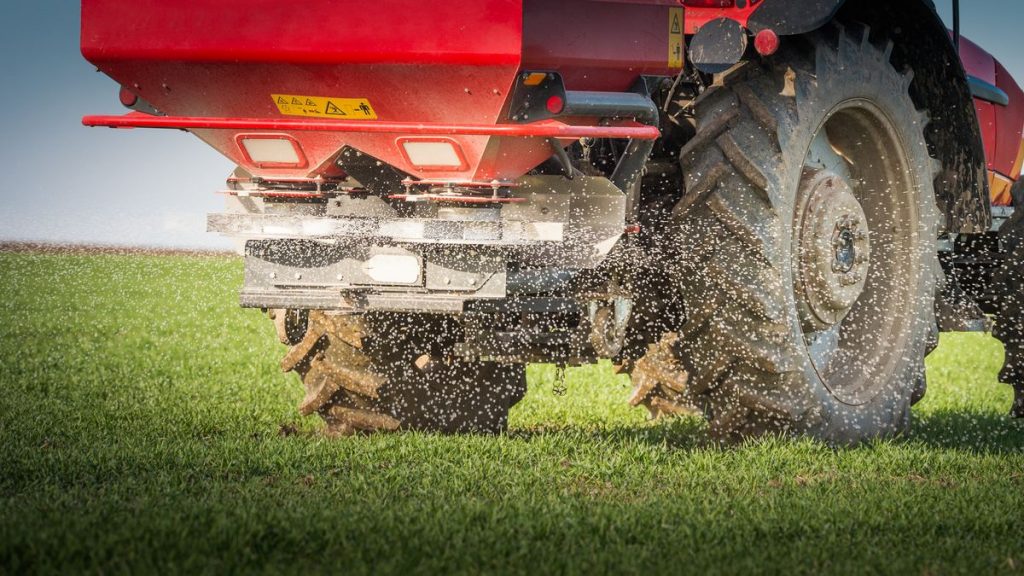The expansion of intensive agriculture is jeopardizing the goals of the Paris climate agreement. In question: an increased use of artificial fertilizers and the increase in livestock populations, increasing tenfold the concentration of nitrous oxide (N2O) in the atmosphere.
An underestimated contribution to global warming
As part of this work recently presented in the journal Nature, an international team of scientists has determined that levels of nitrous oxide (a major greenhouse gas with a heating power 300 times greater than that of carbon dioxide) present in the atmosphere were 20% higher today than in pre-industrial times. And it turns out that agriculture, through the use of artificial and organic fertilizers, is the main cause of this phenomenon.
Constituting the most comprehensive assessment to date of sources and sinks N2O Globally, this study, which involved scientists from 48 research institutes in 14 countries, estimated that artificial fertilizers were responsible for two-thirds of nitrous oxide emissions from agriculture. As this greenhouse gas is released when microbes in the soil break down excess fertilizer, especially in excessively humid, oxygen-poor soils, its authors suggest that these emissions could be reduced through the use of more reasoned fertilizer.
This work also revealed that emissions of N2O were growing at a rate of 1.4% per year, faster than the most pessimistic forecasts of the Intergovernmental Panel on Climate Change (IPCC). This means that the global temperature could exceed the 2 ° C warming threshold provided for in the Paris climate agreement. According to the study, the current rates of nitrous oxide emissions would indeed correspond to a warming of the planet of more than 3 ºC compared to pre-industrial levels.

” The main driver of the increase in atmospheric nitrous oxide comes from agriculture, and the growing demand for food and feed will further increase global nitrous oxide emissions », Estimated Hanqin Tian, co-author of the study. ” Today there is a conflict between how we feed people and stabilizing the climate. “
Thoroughly rethinking the use of nitrogen fertilizers globally
The study showed that the largest contributors to global emissions of N2O were theEast Asia, theSouth Asia, theAfrica and theSouth America. With emissions from synthetic fertilizers constituting the largest share of emissions in China, in India and United States, and those from manure dominating the discharges in Africa and in South America.
While emerging economies, particularly the Brazil, the China and theIndia, where agricultural production and the number of livestock have increased, experienced the largest increases in emissions of N2O, the researchers note that those ofEurope have declined in agriculture and the chemical industry. This is thanks to a more efficient use of fertilizers.
” This new analysis calls for a fundamental rethink of the way we use and abuse nitrogen fertilizers globally and invites us to adopt more sustainable practices in the way we produce food, including by reducing food waste. These findings underscore the urgency and ways to mitigate nitrous oxide emissions worldwide to avoid the worst climate impacts », Concludes Dr Josep canadell, who oversaw the research.

